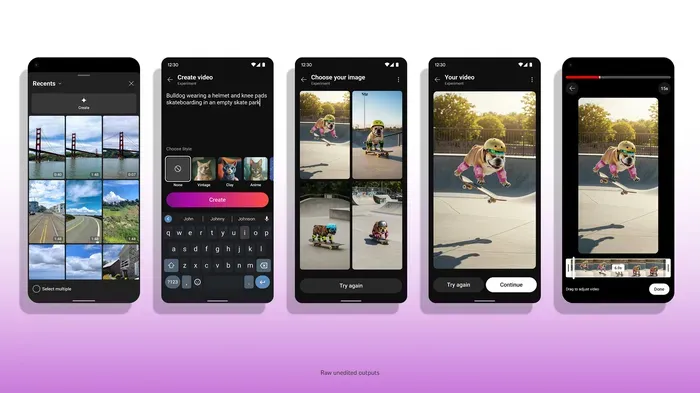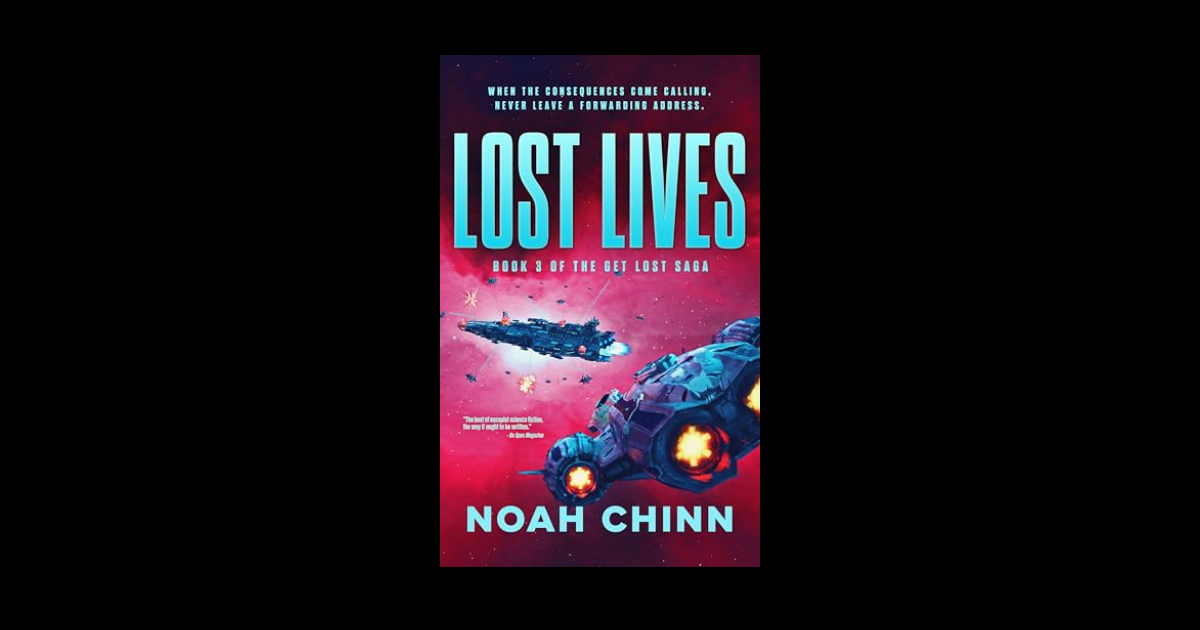If you were asked, right now, on the spot, to cite every possible source creating new contacts, leads, or supplemental data points in your CRM, could you do it?
If you can answer that question “Yes!” with 100% confidence, congratulations! You can stop reading here. Go grab a celebratory cup of coffee!
But chances are, if you’re like most marketers, you’ve kept your focus primarily on how data flows from your marketing automation platform to your CRM. That’s not to say this isn’t an important piece of the puzzle, but as it’s increasingly common for marketing automation platforms to sync directly with your CRM system, there is a lot more risk — and opportunity — in understanding the bigger picture of how data is flowing into your CRM system before it hits your marketing automation platform.
The answer to this question has a direct impact beyond your email strategy — and could impact everything from sales enablement technologies to advertising platforms, direct mail, ABM, and beyond.
It’s time to implement a data landscape assessment. This is essentially a way for data-driven marketers to:
- Understand how data is created in their CRM (people, information, etc.).
- Understand what business conditions might exist that would make certain contacts marketable — or not.
- Create ways to “bucket” the different types of records that might or might not be marketable.
- Implement guardrails between the CRM and marketing technologies to prevent non-marketable contacts from flowing through to your marketing systems.
Why run a data landscape assessment?
If you want to be data driven in your marketing decisions, the first step you’ll need to take is in understanding that not all data is the same. Data, at its core, actually represents people, and those people may have wildly different expectations for how your company interacts with them.
If you’re a marketer, it’s worth taking the time to ask questions about what and how records are created (or updated) in your CRM because that answer could have many implications in your marketing strategy, including:
- User experience (it’s no fun to accidentally treat a client like a prospect, for example, or to send someone a marketing email if they’ve never heard of your brand).
- Deliverability (people who aren’t expecting your emails are far more likely to mark you as spam, but these people are great fits for advertising).
- Compliance (particularly if you need to remove people from marketing on their request, per something like GDPR or CPRA, or if you’re accidentally sending marketing emails to prospects who don’t yet have a relationship with your brand).
It’s not all bad — there very well might be opportunities you’re missing by not understanding your data landscape. For example:
- You could identify marketable contacts or leads that aren’t currently getting worked by any marketing channels.
- Understanding sales processes and aligning your marketing strategies to those processes can help you build a stronger personal — and revenue — relationship with your sales teams.
- With better understanding of the data points that make up your CRM, you’re setting yourself up for better personalization in campaigns — whether that’s through segmentation strategies or dynamic content or trigger-based campaigns.
- You may discover marketing influenced revenue in places you hadn’t expected.
You don’t have to be technical to run this exercise — all you need is a partner on the IT side who can help you identify how records are created and what tool, process or type of person is creating them — and a partner on the sales side who can help you understand the human processes of how those contacts are handled as people. Take lots of notes.
Dig deeper: Why we care about data-driven marketing
How to create your first data landscape map for marketing
Step one: Don’t overthink this. Creating a detailed landscape is iterative, and it’s best to start by documenting what you know and filling in the blanks from there.
You might consider following this general process:
- Document what you know.
- Give each “source” a label — who or what created this?
- Add in business considerations. Are there certain types of contacts or accounts that should never be marketed to?
- Decide whether or not each label should sync to your marketing technologies. Start with your marketing automation platform, but don’t forget to consider other data-driven marketing channels like advertising, ABM, sales enablement, LinkedIn, direct mail, or other. The answer may be different depending on the channel.
Your initial map might look something like this:
What’s next?
As you begin to understand what your landscape looks like today, you can begin to consider what your landscape could look like in the future.
- What data points do you wish you had?
- Does a contact ever change from not marketable to marketable, or vice versa? Under what conditions?
- Are new technologies on the integration roadmap? How will you handle them?
- Do your marketing technologies allow you to automate which records flow in or not? Most tools are built to handle conditions like that, so do some research into filter functionality.
And so on. Remember, your data landscape is ever-evolving, but it’s also your secret weapon in data-driven marketing. Don’t get too caught up in the nuances as you begin this journey — start small and build from there.
The post The data disconnect: Why understanding your data landscape matters more than ever appeared first on MarTech.























































![Assessing the Winners of the Super Bowl Ad Blitz [Infographic] Assessing the Winners of the Super Bowl Ad Blitz [Infographic]](https://imgproxy.divecdn.com/kzzGkWf5O2q5NPX8no-8ErGd5bFiXZjPZlEp8PIZVsw/g:ce/rs:fit:770:435/Z3M6Ly9kaXZlc2l0ZS1zdG9yYWdlL2RpdmVpbWFnZS9zZW1ydXNoX3N1cGVyX2Jvd2xfMjAyNTIucG5n.webp)















